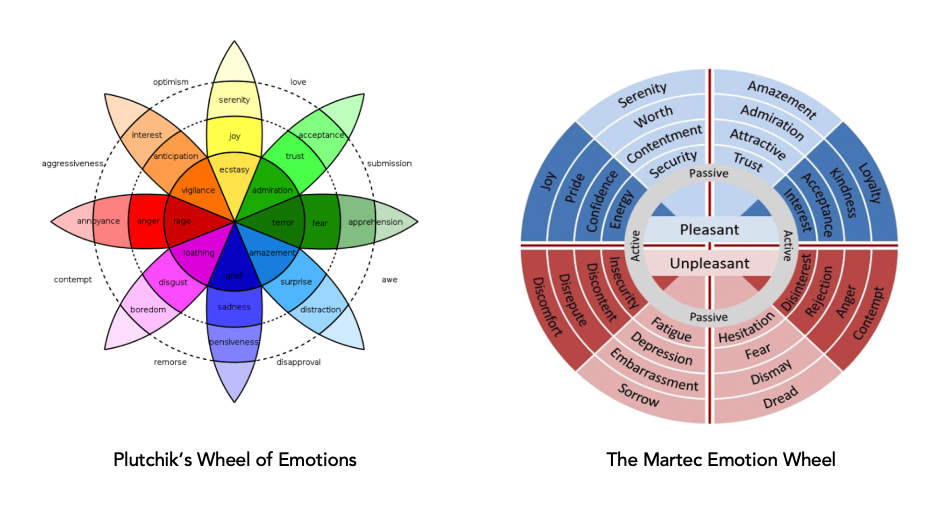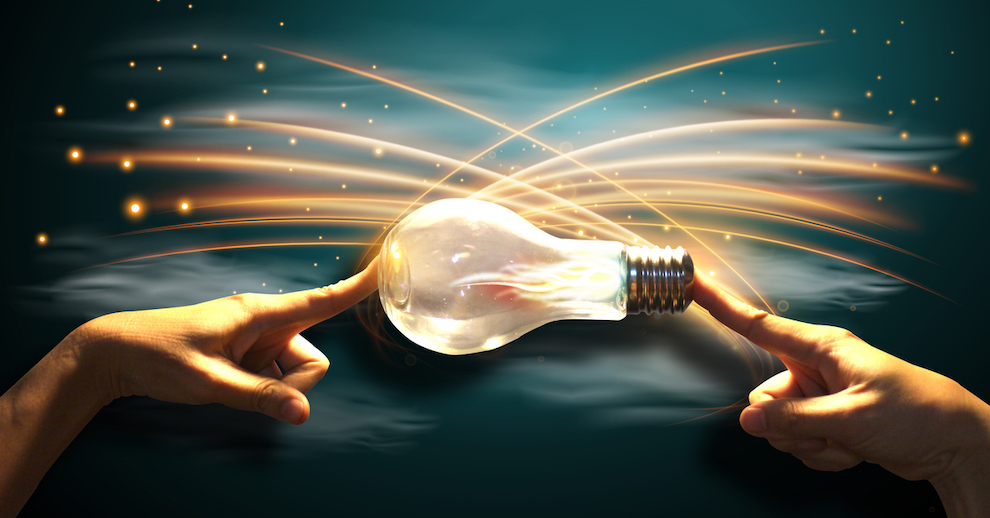Understanding the power of emotion in the B2B space
Editor’s note: Chuck Bean is a partner at Royal Oak, Mich.-headquartered The Martec Group, where he also serves as chief marketing officer.
“Business-to-business marketing is boring.” - Michael Richards, “Report outlines the yearning for more visceral B2B marketing,” Quirk’s magazine.
As someone who spends their days evaluating the efficacy of marketing strategies, messaging and tactics, Richards struck a chord with me instantly. His opening line is not wrong, in many cases. Nor is the broader point of the piece, which is that B2B marketing does not need to be “boring.”
I’ve spent decades working with large and small B2B companies as a primary focus of my career, so I agree wholeheartedly about the power of emotions in the B2B space, having seen it done effectively. I appreciate the position Richards lays out in his piece. And he provided fodder for some additional thinking of my own, which I humbly contribute to in this article as part of the ongoing discussion of how business-to-business brands and marketers can be more effective.
Five points on leveraging emotion in B2B marketing
1. B2B companies do not need to relegate emotions and provocation only to the “marketing” silo.
One area of the marketing research discipline that cannot be emphasized enough is a certain power that is perhaps upstream of provocation, and that’s the power of emotions. We have studied the role emotions play in purchases of all kinds and strategic decisions – B2B and B2C alike – and the research shows that emotions are powerful drivers of action. Actions taken may be driven by emotions both pleasant and unpleasant, some active and some passive, and can vary in degrees of intensity, whether those emotions are directed at the brand, product or service or projected onto oneself by the client or customer.
When Richards argues that B2B marketers should be more “provocative” in order to conjure and leverage such emotions, I suggest that such analysis should not live only within the marketing department. In fact, some very large companies – even international enterprises – can have very small client bases. For those types of entities, it’s not the marketing that will drive sales; it’s the sales team and potentially relationships. So yes, bring emotion intelligence into the marketing conversation, but also bring emotions into the larger strategy discussions and across all departments within the organization.
2. B2B sales is not always “all about relationships.”
It’s often accepted as an article of faith that the only thing that matters in business-to-business sales and marketing are the relationships a company’s employees have within the client company. This may be very true at smaller B2B organizations, but at very large ones, relationships are not the driving force behind purchase decisions. Richards writes, “B2B buyers are just as susceptible to emotional brand triggers as B2C customers and are significantly more connected with vendors and service providers than consumers are, given that B2B purchases are expensive and can carry risk for the business.” This is true … to a point.
When large companies are making very large purchases with much at stake, few buyers are willing to put their reputations on the line for a personal relationship they have with a vendor. And even when the team of decision makers is just one person, purchasing, IT, engineering, quality control and so on may be included. The purchase-by-committee paradigm often serves to distill and tamp down individual emotions. The bottom line: Match your marketing and emotional brand value appropriately to the purchasing company, its size, its decision-making team and the overall buying process and dynamic.
3. What about B2B2C brands?
It’s not unusual for companies in the business-to-business space to have more than one audience to consider when developing marketing, sales and service strategies. An automotive aftermarket product manufacturer may have a B2B customer base – such as a distribution network, retail partners or service centers – which then sell the product to the consumer on the manufacturer’s behalf.
But just because the distributor, retailer or service center network is paying the invoices, B2B companies are often, at the end of the day, getting products into the hands of consumers. This must be considered, as Richards suggests, so that B2B brands don’t lose sight of the end-consumer, meaning some degree of “consumer marketing” strategies (which tends to take more chances and be more provocative) should be employed, even by B2B companies. In fact, at the bottom of a B2B distribution channel funnel, the consumer is most assuredly responding to emotions to guide a purchase decision, which makes that brand a merchant of emotions, even if their direct buyers are not ostensibly emotionally motivated.
4. Decode emotions, don’t just provoke them.
I really enjoyed Richards’ reference to Plutchik’s Wheel of Emotions – something we rely on often and have built upon as students of emotions and buying behaviors. Richards writes, “With 43% of B2B buyers in the survey claiming that they need to feel intense fear, bordering on anxiety, to take action, we should use Plutchik’s wheel to understand that fear stems from a threat, whether that be the fear of falling behind or being exposed to risk, and the natural reaction to fear is to find safety.”
I would only add two things. First, while I agree that fear and anxiety have been shown to be very strong emotional motivators for B2B purchases, I wouldn’t necessarily lean into fear-based or anxiety-based emotions reflexively. In fact, our studies in the B2B realm have revealed some surprising emotions that drive all sorts of strategic decision-making in B2B, including purchases. In fact, emotions at the opposite end of the spectrum of fear – joy and relief, for example – are powerful drivers of repeat purchases, client retention and future referrals.

Second, emotion intelligence is a science that relies on techniques like natural language processing to decode the why that often lives deep beneath the surface of the what, the expressed reasons for a purchase decision, but can often conceal powerful emotional drivers. I’ve seen a lot of “fool’s gold” in survey results, so if the goal is to provoke emotions, please make sure you’ve done your homework to understand the complexity of the emotions your target customer is motivated by – when, why and to what degree.
5. In B2B, focus on function over form.
Richards observes, correctly in my opinion, that “B2C marketing has emotion at its heart. Brands like Coca-Cola or Dove don’t communicate their products and pricing so much as they communicate emotions to connect to the feelings of consumers. B2B products should adopt the same practices by using a vocabulary of emotional marketing. Communicating to their audience with a personality relevant to how businesses think and connect.”
Consider this additional perspective: When it comes to provoking emotion in the B2B space, it’s often most effective to tie emotions to functionality – more so than in the B2C space that Richards references. Purchasing a soft drink may be an entirely emotional decision for some, but in the business-to-business world, there is typically some underlying function that is either triggering or susceptible to an emotional engagement of some kind. In manufacturing, for example, a purchase needs to work – it needs to fit into the overall production process and distribution channels. If a purchase isn’t optimally functional, no amount of promise of pleasure will supersede the frustration and remorse stemming from a purchase that doesn’t functionally work.
Get started with emotion-driven B2B marketing
I applaud and thank Richards for his piece urging a more emotion-driven approach to B2B marketing, which he says has for too long been “regarded as B2C’s boring sibling.” The survey he references notes that “98% don't think that business brands connect with people on an emotional level.” If that’s true, that number is way too high. And it is high time we B2B business leaders get emotional about it.
